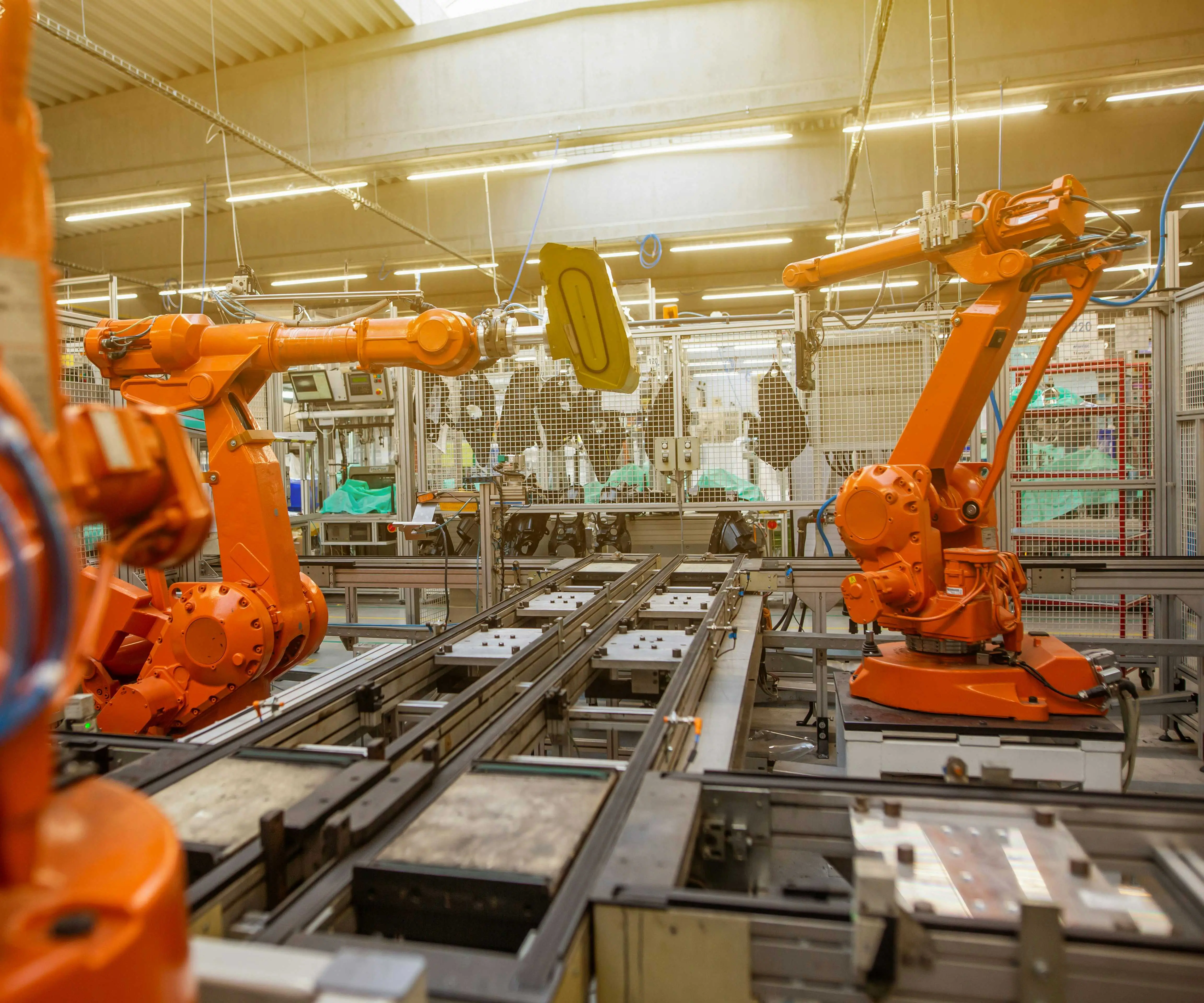When you start working with Arduino, one of the most exciting things is discovering the world of servo motors. These little devices can add a lot of movement and flexibility to your projects, making them perfect for everything from robotic arms to automated doors. If you’re just getting into this, or if you’ve been tinkering for a while, understanding how to control a servo motor with Arduino is a must-have skill. Let’s dive into a simple, effective example of how to get your servo motor up and running.

How Do Servo Motors Work with Arduino?
First things first: a servo motor is designed to rotate within a specific range of angles, usually 0 to 180 degrees. This is different from a regular motor, which spins continuously. Servo motors are perfect for tasks where you need precise control over rotation, like in robotics, camera systems, and even models or hobbyist projects.
Using an Arduino to control a servo motor involves sending electrical pulses through one of the Arduino’s digital pins. The motor interprets these pulses to determine how far to rotate. It’s almost like sending instructions to the motor, telling it exactly where to go and how quickly. The beauty of this is that you can change the angle and speed of rotation with just a few lines of code.
The Basic Arduino Servo Example Code
Now, let’s get to the fun part: the code. To control a servo motor, you'll need the Servo library in Arduino. It’s simple, and once set up, you can start experimenting with different angles and movements. Here’s an easy-to-follow example to get you started:
#include <Servo.h> // Include the Servo library
Servo myservo; // Create a Servo object
void setup() {
myservo.attach(9); // Attach the servo motor to pin 9
}
void loop() {
myservo.write(0); // Rotate to 0 degrees
delay(1000); // Wait for a second
myservo.write(90); // Rotate to 90 degrees
delay(1000); // Wait for a second
myservo.write(180); // Rotate to 180 degrees
delay(1000); // Wait for a second
}
In this example, the servo will rotate between 0, 90, and 180 degrees with a one-second delay at each position. It's as easy as that! You can start adjusting the angles and delay times to make the servo behave however you like.
What Makes the Servo Motor so Great for Arduino Projects?
You might be wondering, “Why choose a servo motor for my project over other types of motors?” The answer lies in its precision. Servo motors are built to perform highly accurate movements, and because they’re designed to stop at specific angles, they’re great for projects where exact positioning is important.
Let’s take a quick example. Imagine you’re building a robotic arm. The servo motors would control the joints of the arm, moving each part to a specific angle, ensuring the arm can pick up an object or move in a very controlled way. Unlike DC motors that just keep turning until you stop them, servos will always return to the same angle when you send the right signal.
How to Troubleshoot Common Issues
Like any other component, servo motors can run into issues if not set up properly. One of the most common problems is that the motor might jitter or fail to reach its target position. This can happen if you don’t supply enough power to the motor, or if you’ve attached it to a pin that’s not capable of sending the correct signals.
Another thing to keep an eye on is the range of movement. Not all servos can rotate the full 180 degrees. Always check the specifications of your motor to make sure you’re within its range. Some motors may only rotate 90 degrees, for example.
Final Thoughts: A Gateway to Endless Projects
Once you get a servo motor working with Arduino, the possibilities are endless. Whether you’re building a simple project like a rotating camera or diving into complex robotics, mastering the servo motor is one of the best steps you can take as a maker or inventor.
So, if you’re ready to take control of your Arduino projects, get a servo motor, load up some code, and watch your ideas come to life. With just a little practice and patience, you’ll be amazed at how quickly you can achieve precise, dynamic movement in your creations.
Established in 2005, Kpower has been dedicated to a professional compact motion unit manufacturer, headquartered in Dongguan, Guangdong Province, China. Leveraging innovations in modular drive technology, Kpower integrates high-performance motors, precision reducers, and multi-protocol control systems to provide efficient and customized smart drive system solutions. Kpower has delivered professional drive system solutions to over 500 enterprise clients globally with products covering various fields such as Smart Home Systems, Automatic Electronics, Robotics, Precision Agriculture, Drones, and Industrial Automation.




































